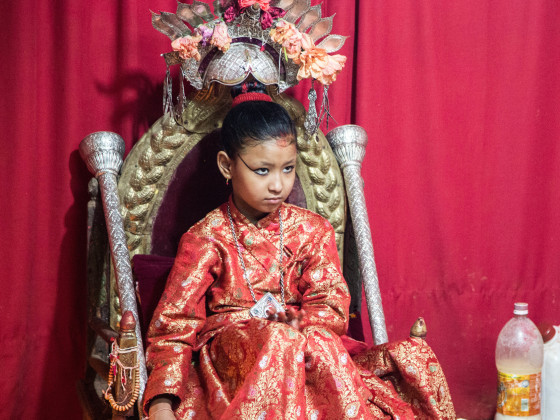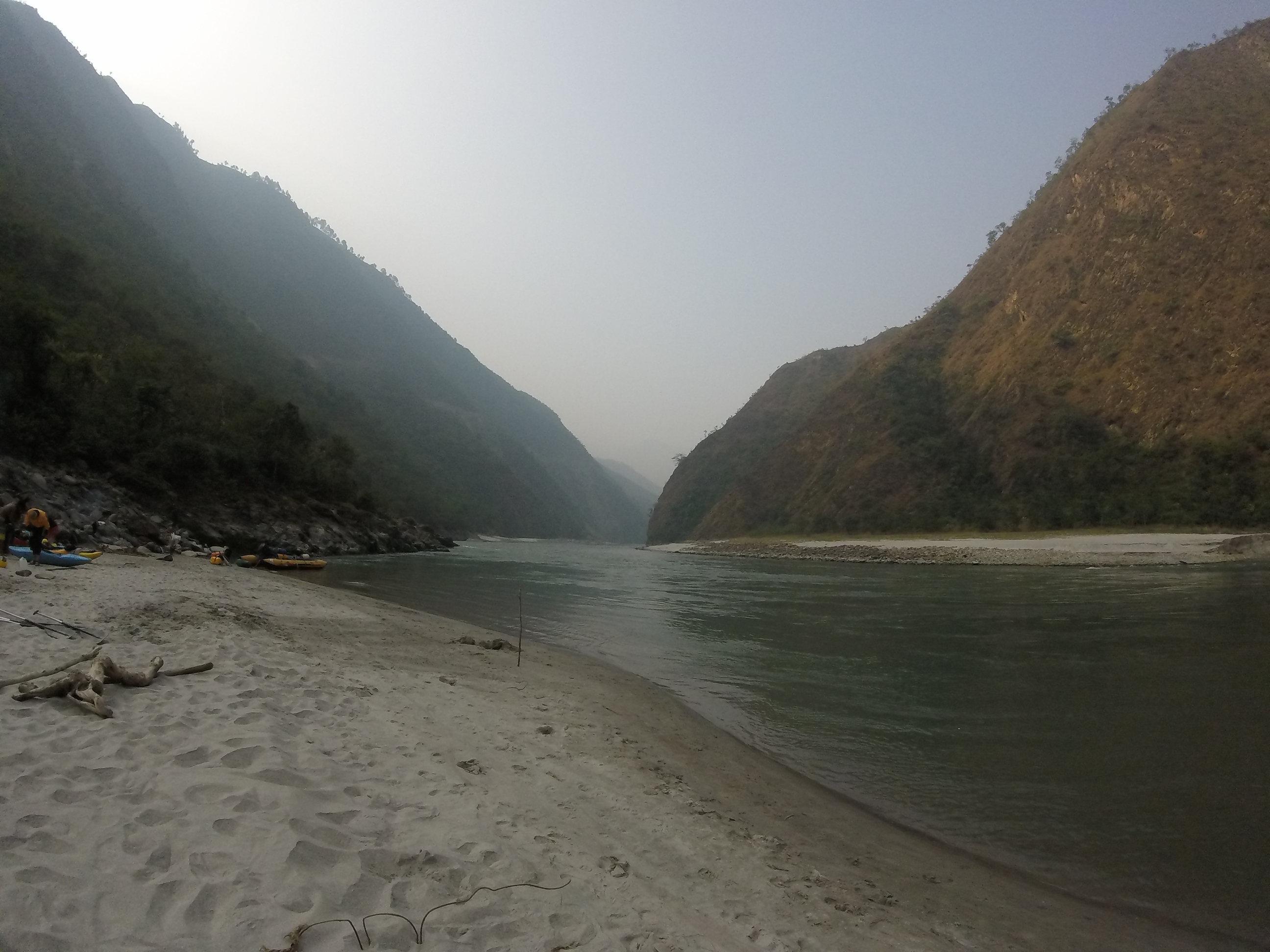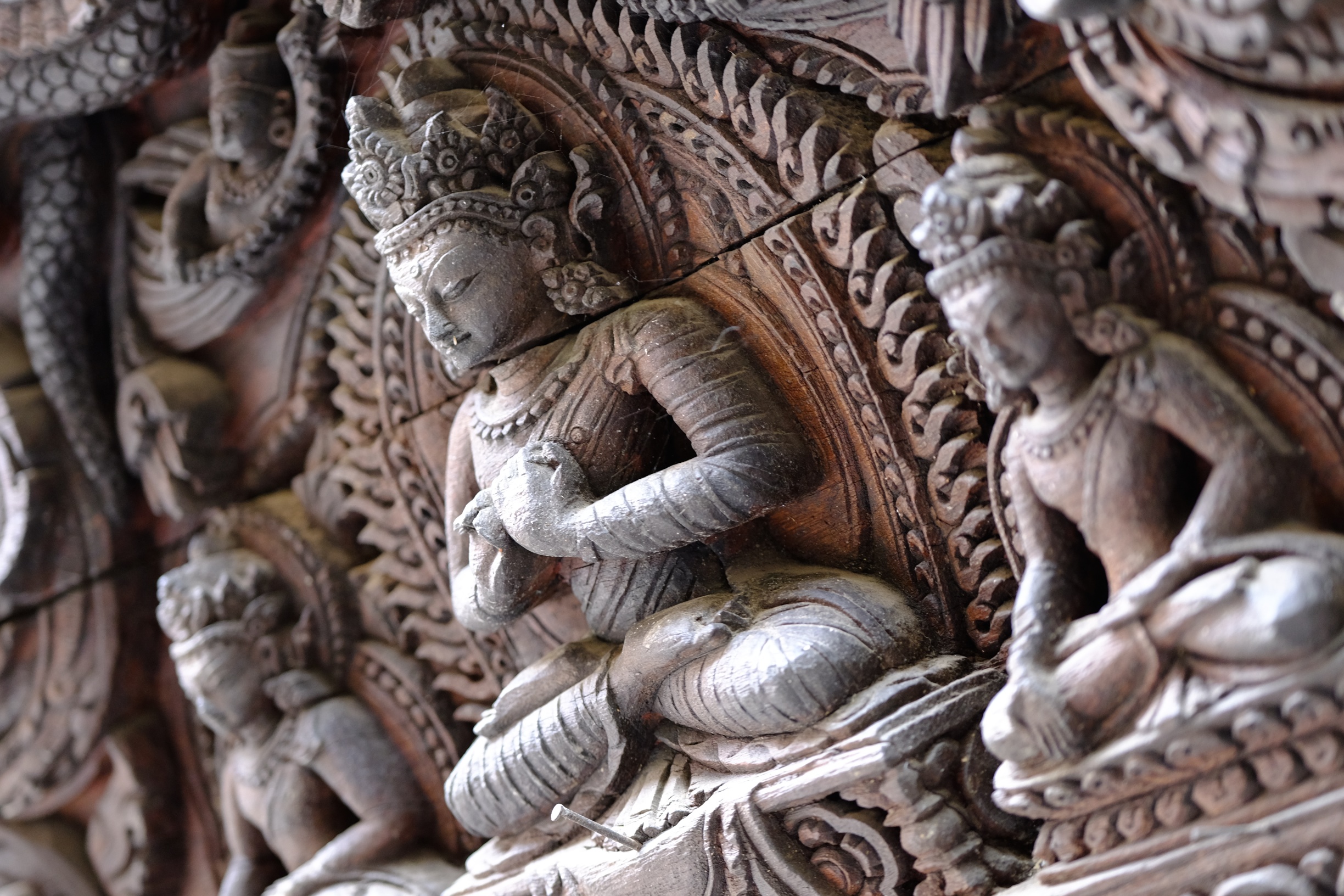1. Be blessed by a living goddess
Photo: The Kumari of Patan is a seven year old girl who is worshipped as the incarnation of the goddess Taleju. © ATTA / Colder FilmsThe three ancient cities of the Kathmandu Valley — Kathmandu, Patan and Bhaktapur — each have their own ‘living goddess,’ or Kumari. Chosen from the priestly Bajracharya caste at about the age of three, these girls are believed to embody the goddess Teleju until they first menstruate. Then, they go back to being regular human women. It is very difficult to gain access to the Kathmandu Kumari, as she was long associated with the Nepali Royal Family. Even though Nepal has been a republic since 2008, she is kept sequestered away. However, with the right connections and a bit of luck, the Lalitpur Kumari can be visited for a small donation (about $1). A narrow, rickety wooden staircase leads from the courtyard of the Kumari Chen (house) to a dark, red-curtained room. A small girl sits on a low throne, adorned in dazzling red and gold robes, her black hair slicked back into a knot and her eyes heavily made up with extended wings. She has the power to bless visitors, and it is said that the longer her red mark stays on your forehead, the better your fortune will be.



